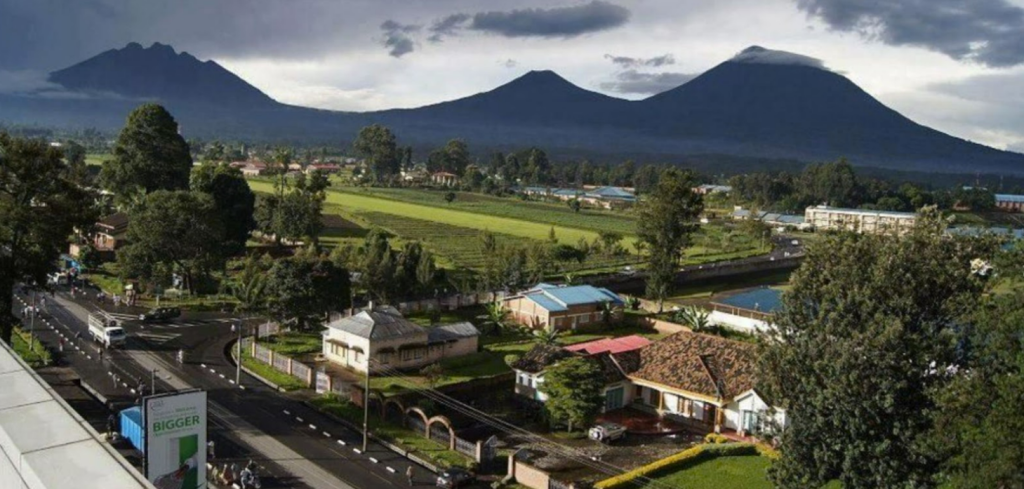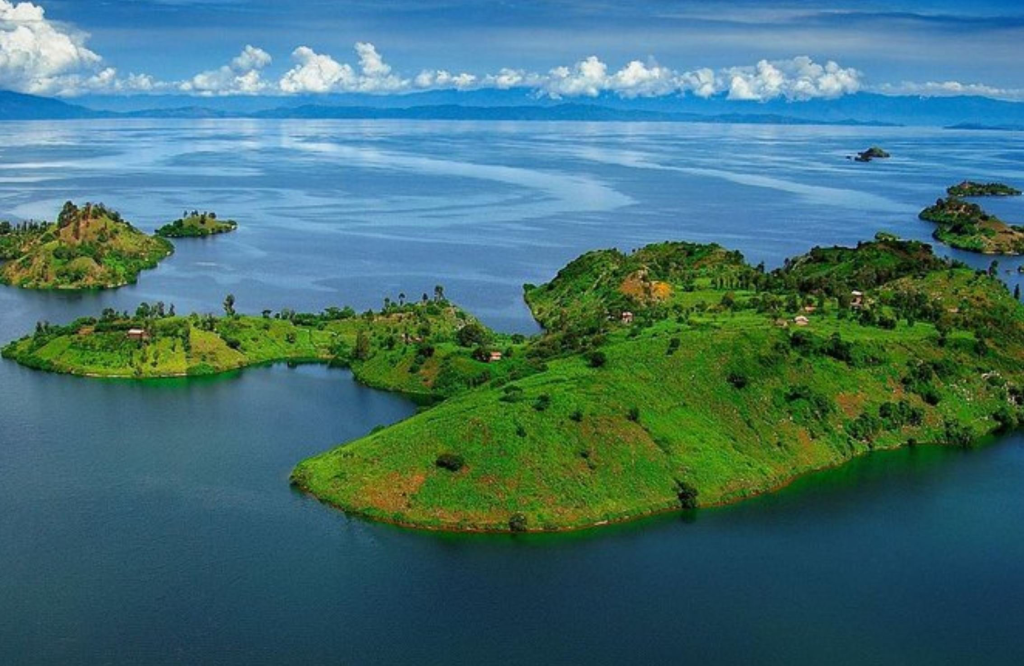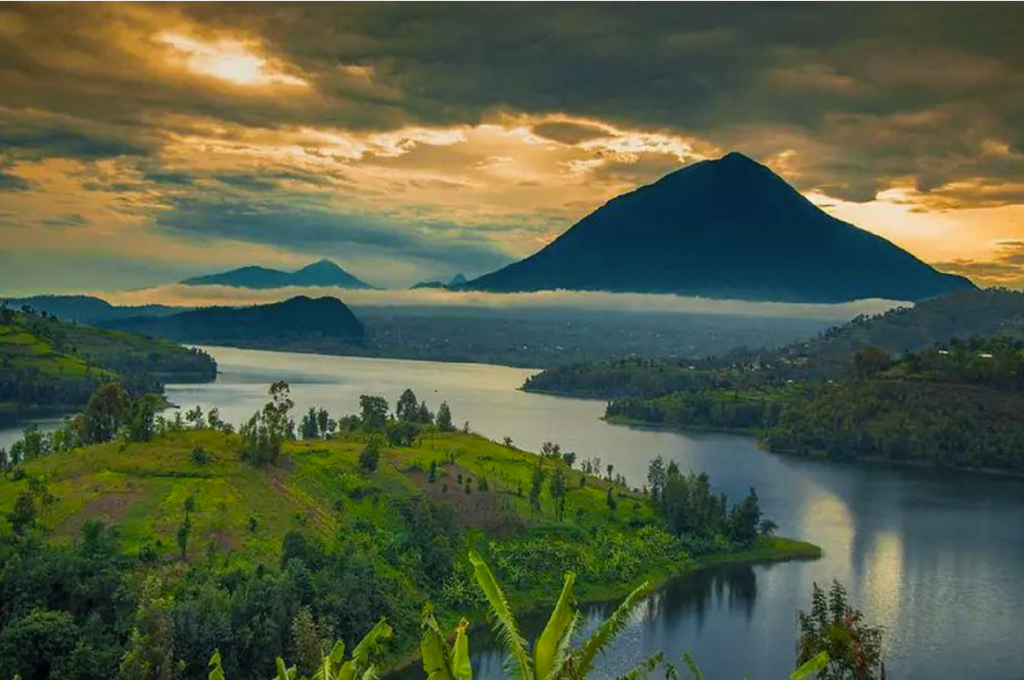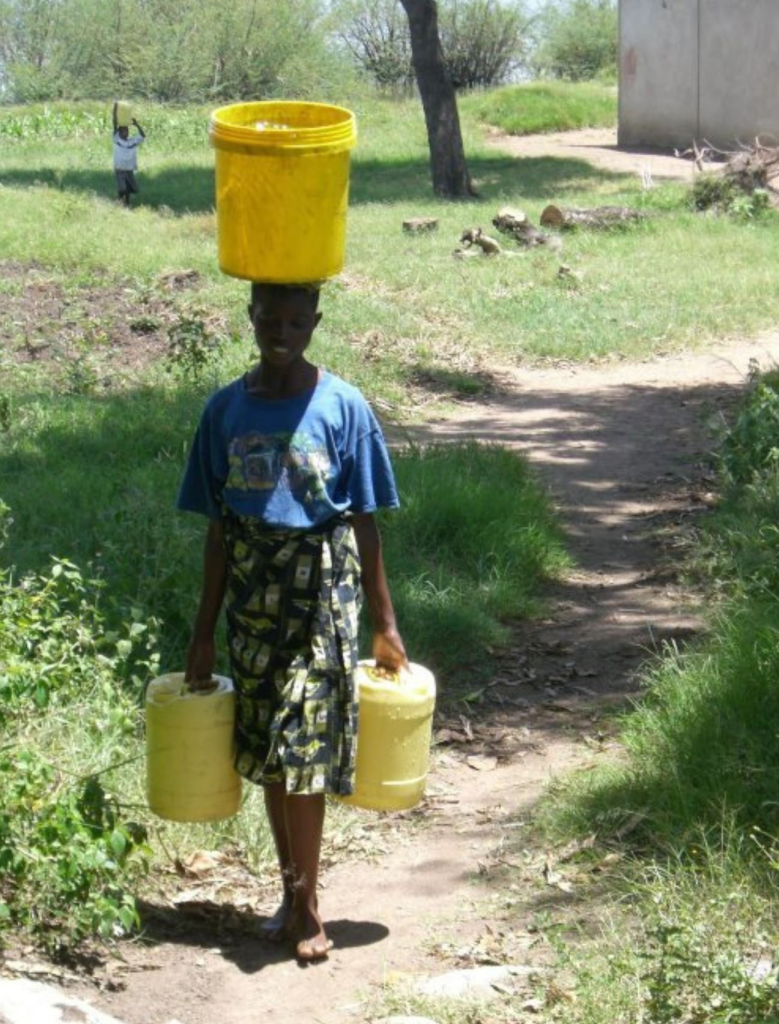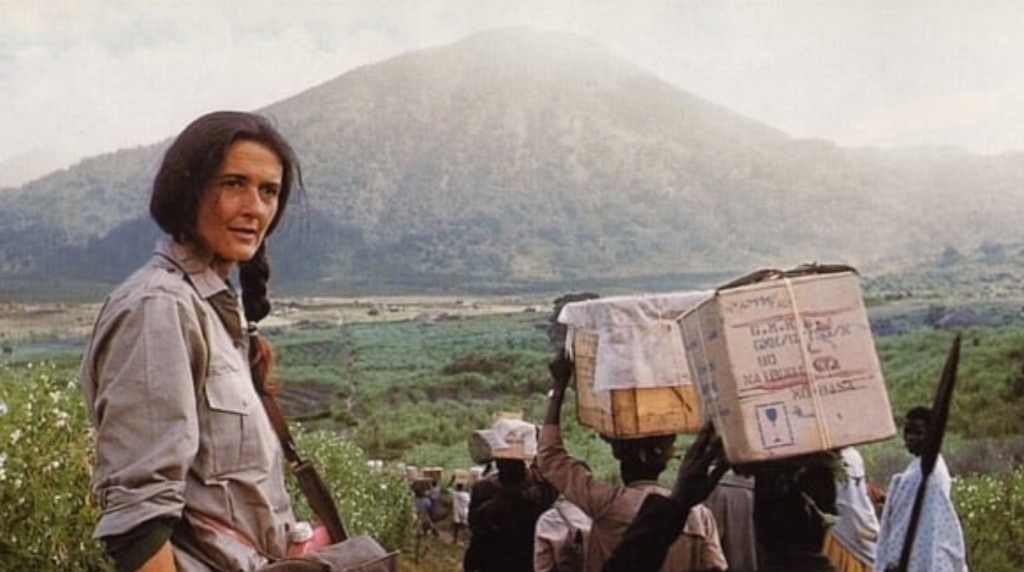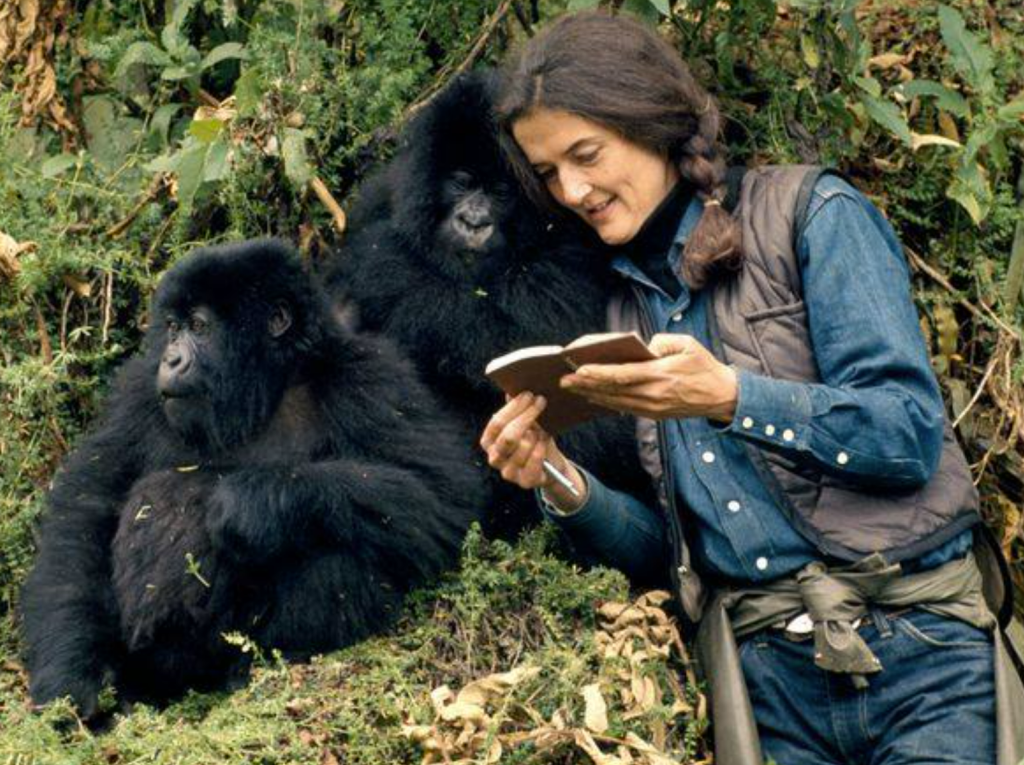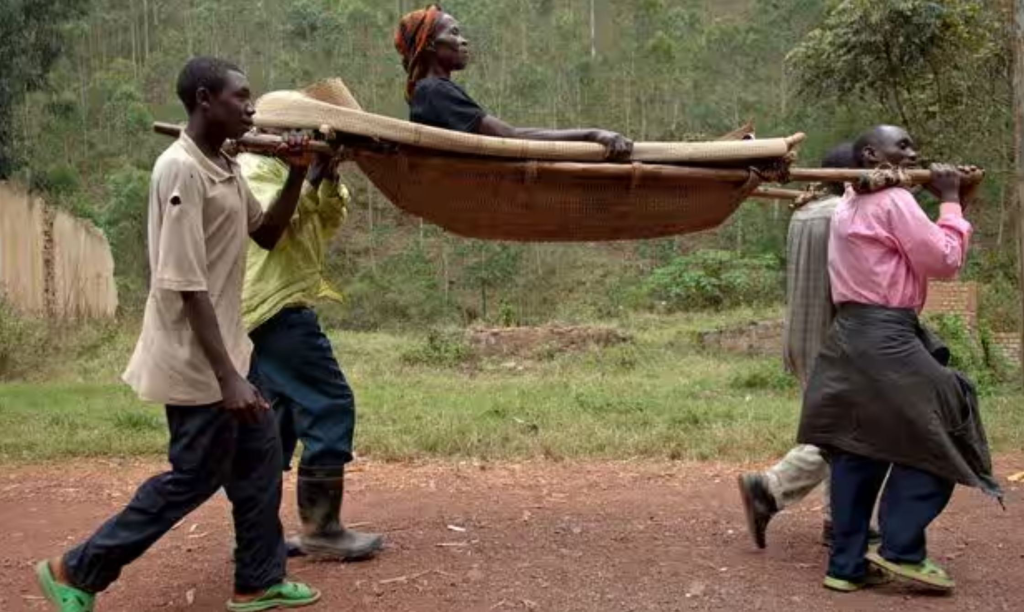However, the Rubindi caves held even greater allure beyond their life-sustaining freshwater. In our youthful adventures, we reveled in the sheer exhilaration of swimming in the subterranean pools of Rubindi. These pools flowed gracefully into the neighboring groves of bamboo, papyrus, and sprawling fields of arrowroots, sweet potatoes, and banana plantations. While immersed in these pristine waters, we’d sip from the neighboring water ponds, where slightly salty springs emerged from the depths beneath the earth, fondly dubbed “Amazi y’Amakera” (salty waters).
When the fatigue of our aquatic adventures in the refreshing Rubindi freshwater ponds inevitably caught up with us, the irresistible allure of Rubindi Springs beckoned with an almost irresistible call. It was as if the beauty of the springs itself had a persuasive power, causing us to momentarily break the fifth commandment that enjoins us to “Honor our parents, that our days may be long in the land that the Lord our God has given us” (Exodus 20:12). With a sense of haste and anticipation, we would make our way to the nearby hot springs, where nature had graciously provided us with a God-given spa experience.
Amidst the soothing embrace of saunas and steam baths nestled within the hidden grottoes, we surrendered ourselves to an experience that bordered on the otherworldly. Our every indulgence unfolded against the awe-inspiring backdrop of Mt. Muhe, a colossal sentinel that presided over the landscape with regal authority. Its lofty heights afforded us a panoramic vista that stretched across the immaculate and incredibly fertile expanse of the Rukingo valleys. It was a view that seemed painted by the gods themselves, a canvas of natural grandeur that left us spellbound.
Yet, even as we luxuriated in these earthly pleasures, our curiosity remained insatiable. With eager hearts, we often turned to our revered elders, imploring them to unravel the enigma surrounding the origins of Rubindi Springs. In response, they wove vibrant narratives, painting pictures with words that transported us to a realm beyond our own. They spoke of Rubindi Springs as the sacred vessels of Nyamuragira’s kitchen, a mystical place where our ancestral priest, Nyamuragira, made his dwelling within the very heart of the volcanic giant, Mt. Nyamuragira. These tales painted a vivid tapestry of Nyamuragira’s divine abode and the life-giving springs that flowed from his culinary sanctum. Yet, they also left our young minds with a tantalizing mystery—why did Nyamuragira, the guardian of these waters, never emerge from the depths of Rubindi Springs to meet us and share the stories of his kingdom? The question lingered, casting a beguiling aura over our cherished legends.
As our adventures wound down and exhaustion began to take its toll, we’d venture to the neighboring sweet potato plantations. The generosity of the farmers in sharing their harvest allowed us to cook these tubers in the therapeutic warmth of the Rubindi hot springs, creating a simple yet deeply satisfying brunch that replenished both body and spirit.
This routine became a familiar part of our daily lives, a responsibility our parents entrusted to us. As the sun began its descent, signaling the end of a playful day, we’d suddenly recall that we had a mission: to fetch water for our families. Without delay, we made our way back to the nearby River Mutobo, fed by the pristine waters of Rubindi Springs. Here, we diligently filled our containers, eager to complete our task and head back home. On the journey home, laden with jerrycans, buckets, and Sufurias filled with precious water, we playfully engaged in a friendly yet spirited challenge. Our goal was to skillfully balance our loads on our heads, all without using our hands to steady them. It evolved into an informal contest where the girls of our village consistently outperformed the boys, displaying remarkable poise as they gracefully carried their burdens for extended distances without the need to touch the jerrycans atop their heads.
As the sun gracefully descended behind the majestic silhouette of Mt. Kalisimbi, its waning rays painted the sky with long, ethereal shadows, gently reminding us that it was time to make our way back home. On certain evenings, this natural spectacle transformed the heavens above Mt. Kalisimbi into a canvas adorned with resplendent shades of gold and fiery red, resembling a vivid wildfire sweeping through the vast Ituri forest in Congo. During these enchanting moments, our parents and the wise elders of our community would gather us close, sharing stories that had been handed down through the generations. These tales explained that when we beheld such breathtaking colors atop Mt. Kalisimbi, it signaled the return of our ancestors in the evening. They would kindle bonfires to warm themselves as they spent the night watching over us. These narratives were not only captivating but also culturally enchanting, weaving a profound sense of wonder into the impressionable minds of young ones like mine.
The people from these regions held common ancestry and followed the African Traditional Religion (ATR). Consequently, there was a constant flow of people moving between Uganda, Rwanda, and Zaire/DR Congo. During those times, my family was the only one to have established a permanent residence in this rural shopping center. My father, a young colonial administrator tasked with designing the district’s boundaries, had gazetted the open market within the center. As a result, he owned vast land and a big house with around 12 rooms. Seeking someone literate to manage the place, fate brought my father and mother together. My mother was the first to start a family in this small rural shopping center in the late 1970s, and I became the first child born there.
Throughout the day, I was accompanied by many neighborhood kids who came to play in the shopping center’s open market. Our playtime extended until about 6 pm when they returned to their families, leaving me alone with my mother since my father was often away for work.
I also used to visit my other siblings who lived about 3 km away. My father had several wives, and my mother was his fourth. Despite the larger family, I felt a sense of belonging. However, I only saw my father on weekends. The loneliness didn’t last long, as my mother had more children and new families settled in the shopping center. By the 1990s, more than 200 families called this place their home, with most residents being teachers, nurses, administrators, and businesspeople, establishing it as a middle-class community. In those days, children were considered part of the entire community, and parents didn’t fret over our whereabouts because every adult took responsibility for our well-being.
Within our shopping center, there stood a Catholic Parish, Health Center, and primary and technical schools, creating a peaceful environment for all. My parents valued education and prioritized my learning. I have fond memories of being allowed to peruse my father’s library, which housed a wide variety of books he had collected during his education. Initially destined to become a priest, my father changed his path after witnessing the oppression of peasants by the colonialists and the Tutsi monarchy. He devoted himself to advocating for independence for his motherland.
In our community, everyone intervened when a family member encountered a problem, making it a communal concern rather than an individual one. Misbehaving children were disciplined by any adult who caught them in the act, ensuring good behavior even when parents weren’t present. However, in the 1990s, this tranquility was destined to be disrupted forever by the Tutsi invasion from Uganda.

